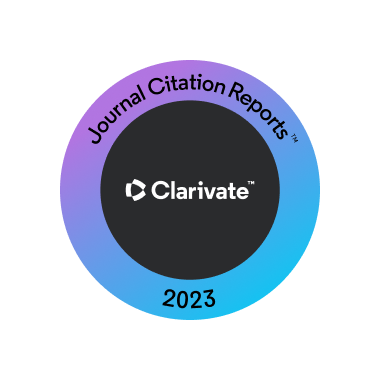Articoli
Digital workflow for the intraoral removable prosthesis of head and neck cancer patients
OBJECTIVES: Obturator prostheses and removable prostheses still represent a valid option in head and neck cancer patients. The aim of the present article is to briefly review the current literature about the use of a digital workflow in the intraoral prosthetic rehabilitation of head and neck cancer patients.
MATERIALS AND METHODS: The review included articles in English published from January 2010 to December 2021. Articles regarding patients who had undergone head and neck cancer treatment and intraoral prosthetic rehabilitation by a CAD/CAM techniques in at least 1 of the prosthetic treatment stages (scanning, design, and/or fabrication) were included.
RESULTS: Thirteen articles with 66 described patients met the inclusion criteria and were included. Three types of removable prosthetic treatments were reported: 47 maxillary obturators, 18 provisional maxillary obturators, and 1 maxillary complete denture. As for 3-dimensional image capture, the most common method was intraoral scanner, followed by conventional CT scan.
As for prosthetic procedures, all treatments incorporated at least a digital workflow in one of the stages, either in design or fabrication. Concerning the CAM phase, definitive cast printing was performed in 64 patients. Only 1 patient was rehabilitated by using a completely digital workflow.
CONCLUSIONS: A completely digital workflow was rarely used in the intraoral prosthetic rehabilitation of patients with head and neck cancer. Compared to a conventional impression, intraoral digital scanning can save time and steps for dentists and technicians, thus avoiding in the dental office tray selection, material dispensing, material setting, material disinfection, and impression packaging and shipping. On the other hand, at the lab plaster, pouring, die cutting, trimming, articulation, and extraoral scanning are no longer necessary.
CLINICAL SIGNIFICANCE: The reduced laboratory working time, the avoidance of the risk of aspiration of impression materials, and the possibility of performing an adequate digital impression in spite of the trismus are important advantages associated with the digital workflow.
Per continuare la lettura gli abbonati possono scaricare l’allegato.






